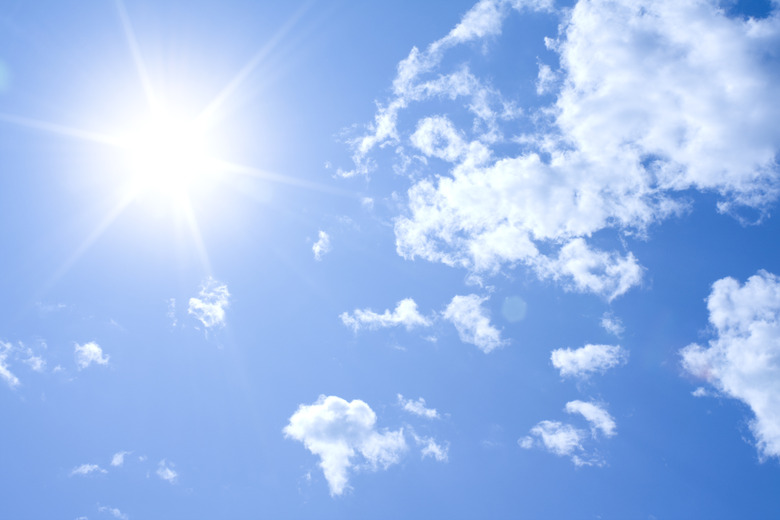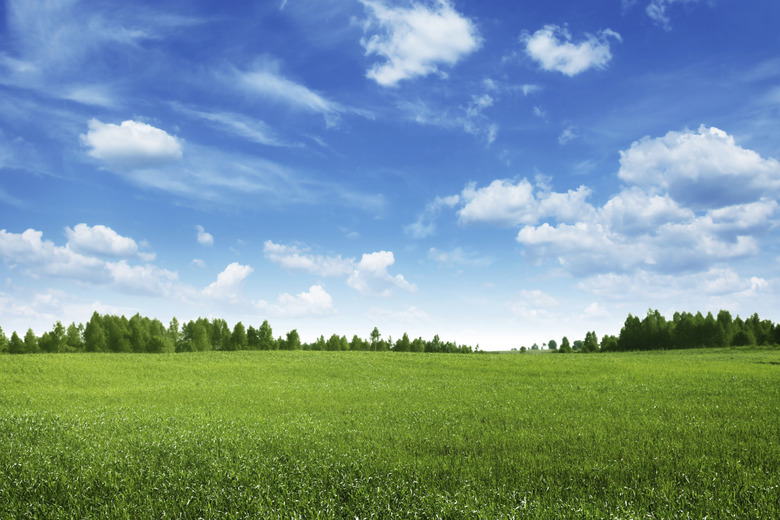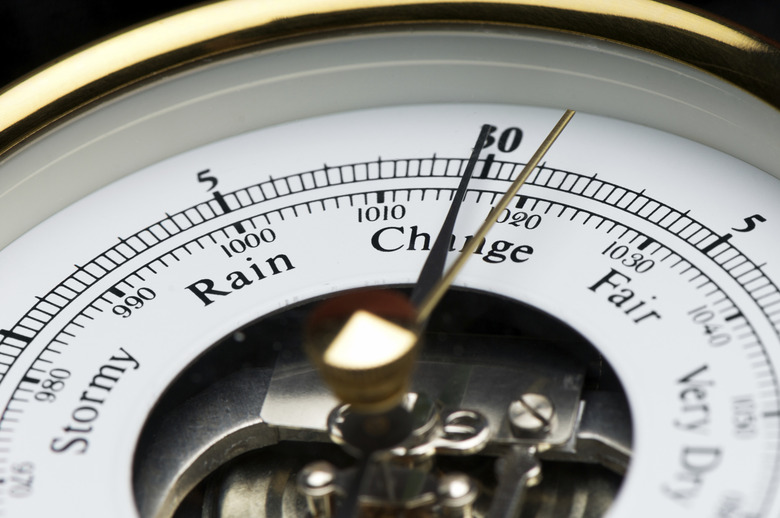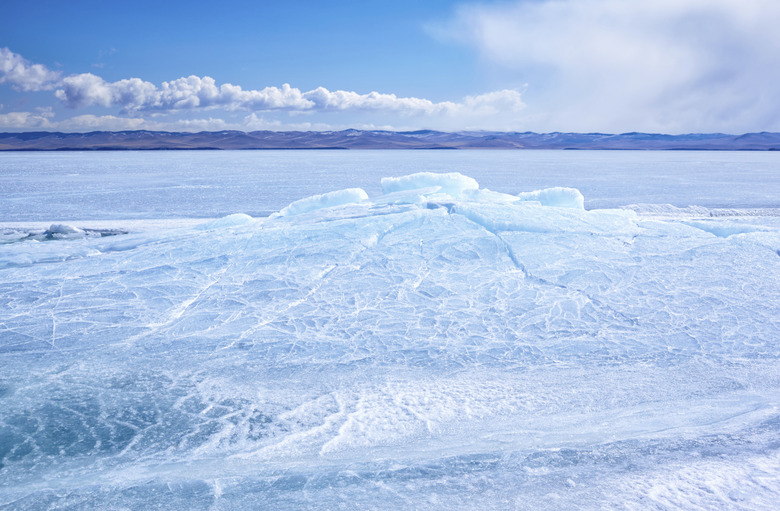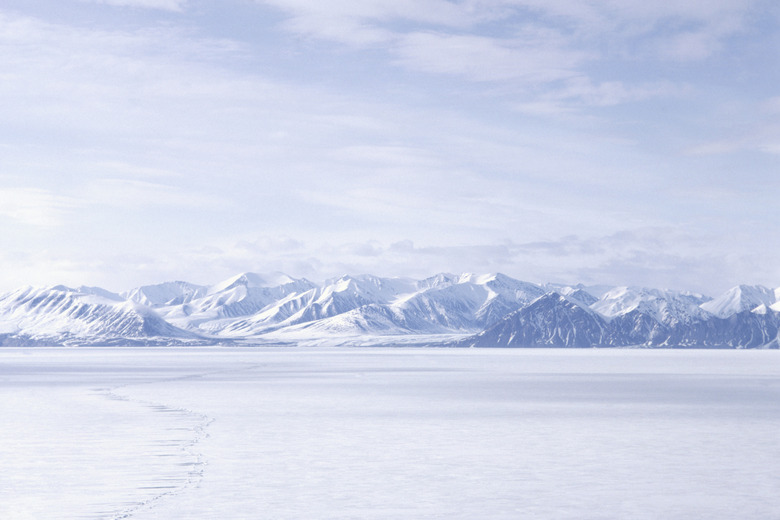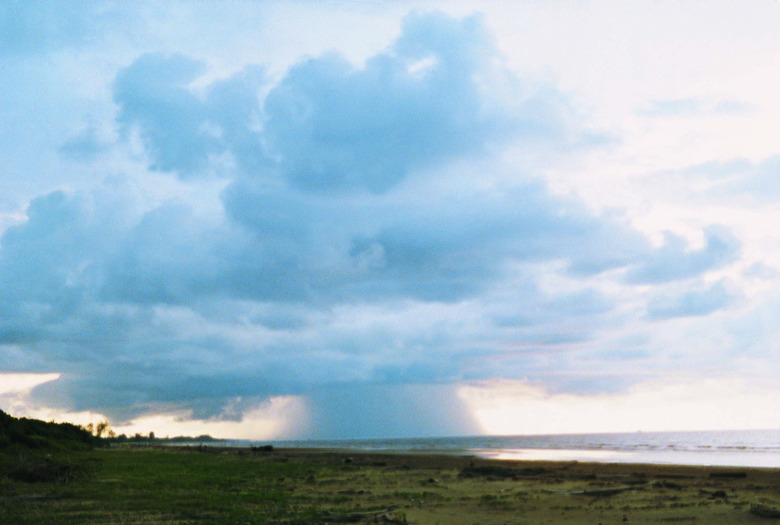What Is The Range Of Barometric Pressure?
Air has weight. The weight of air pressing down on the atmosphere and Earth's surface is air pressure. Air pressure is also known as barometric pressure, which is measured by barometers. Air pressure is lower at high altitudes, where there is less air pushing down. Air pressure is highest at sea level. Air pressure within Earth's atmosphere changes frequently but always falls within a set range.
History
History
In 1645, Evangelista Torricelli made discoveries that helped him conceptualize the basic idea of the barometer. When he placed a glass tube that was closed at one end upside down in a container of liquid, air pressure forced the liquid up into the tube. He found that the height of the column of liquid rose and fell with changes in air pressure. Mercury became the liquid of choice because its heavy weight allowed for the shortest possible length of glass tube. Mercury barometers still provide the most accurate measurements of air pressure.
Measuring Air Pressure
Measuring Air Pressure
The international unit of meteorological air pressure is hectopascals (hP), which is equivalent to millibars (mb). Some barometers measure air pressure in inches or centimeters, according to the height of the mercury column.
The Barometric Scale
The Barometric Scale
Standard air pressure at sea level is 1013.25 mb. The highest air pressure recorded was 1084 mb in Siberia. The lowest air pressure, 870 mb, was recorded in a typhoon in the Pacific Ocean.
Temperature and Altitude
Temperature and Altitude
Both temperature and altitude affect barometric pressure. Air pressure varies with altitude; it is always lower at high altitudes, regardless of weather. Cool air is less dense than warm air because there are fewer collisions between air molecules. This results in lower air pressure. For example, 500 mb of air pressure occurs at a lower altitude for cooler air. Warm air expands, so 500 mb of air pressure is found at higher altitudes. 500 mb of air pressure in Canada would likely occur at a lower altitude than in Mexico.
To compare air pressure at different elevations, weather observers must correct for the effect of altitude by adding the air pressure that would be exerted at sea level. For example, if air pressure measures 840 mb at an elevation of 1,000 meters above sea level, the measurement adjusted for sea level is 1,020 mb. Without correcting for air pressure at sea level, the air pressure on the top of Mt. Everest is near 300 mb.
Effects
Effects
In an area of high pressure, the air is denser than the air surrounding it. Winds blow air out of a high-pressure area, causing it to sink. As air slowly descends, its temperature rises. The warmth of the air prevents water from condensing to form clouds. As a result, high-pressure areas are often associated with clear weather. Winds blow air into a low-pressure area and the high-pressure air rises above low-pressure air. The air cools as it rises, which promotes condensation of water in the air. Clouds form and precipitation may result. This is why low air pressure is associated with rainy or snowy weather.
Air pressure rises and falls about 3 hP in daily cycles, regardless of weather. Meteorologists take these fluctuations into account when they analyze changes in air pressure to interpret if the changes are due to weather systems. A large drop of 7 hP or more in 24 hours may indicate a high-pressure system is moving out and/or a low-pressure system is moving in.
References
Cite This Article
MLA
Mentzer, Alissa Pond. "What Is The Range Of Barometric Pressure?" sciencing.com, https://www.sciencing.com/range-barometric-pressure-5505227/. 24 April 2017.
APA
Mentzer, Alissa Pond. (2017, April 24). What Is The Range Of Barometric Pressure?. sciencing.com. Retrieved from https://www.sciencing.com/range-barometric-pressure-5505227/
Chicago
Mentzer, Alissa Pond. What Is The Range Of Barometric Pressure? last modified March 24, 2022. https://www.sciencing.com/range-barometric-pressure-5505227/
